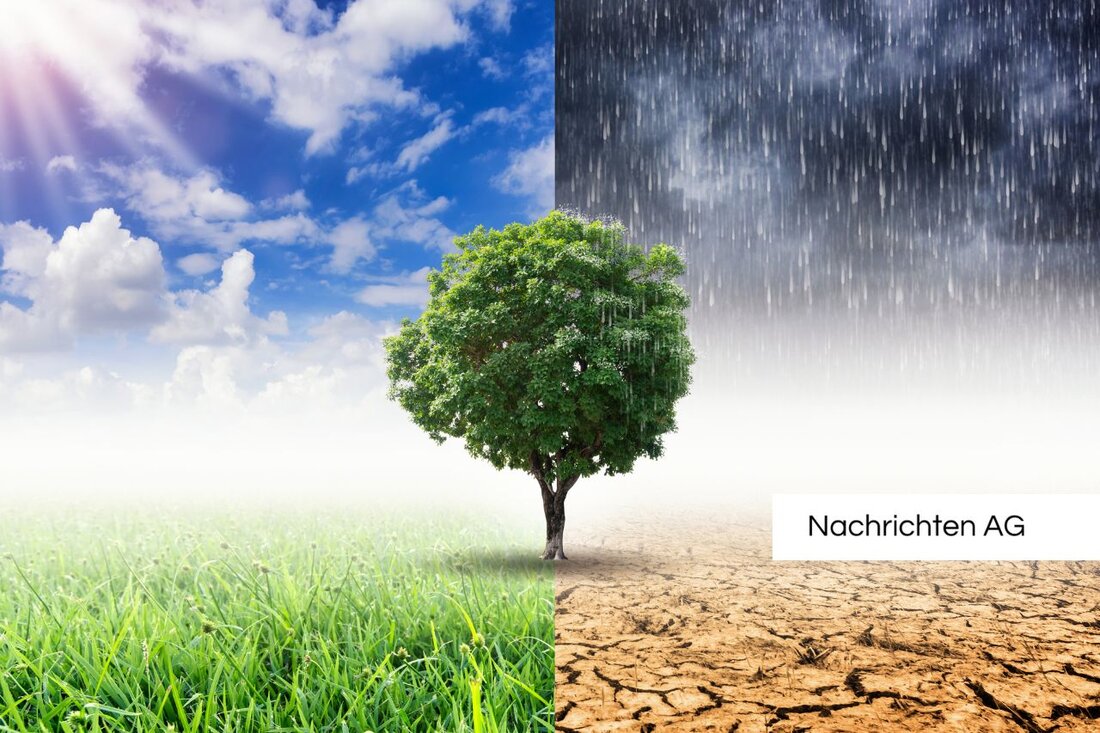Water shortage: How to use the drinking water axis correctly!
Water shortage: How to use the drinking water axis correctly!
Berlin, Deutschland - In Brandenburg, dealing with drinking water in the face of continuing heat and drought becomes increasingly crucial. On Wednesday afternoon, drinking water consumption of 30,018 cubic meters was reported for the previous day. This is in the green area and is significantly below the previous daily maximum value. However, the total annual consumption of drinking water in the region shows a steady increase, which is of great importance against the background of the climate changes and the associated drought. According to RBB24 , the introduction of the "drinking water-Achos" is a step to better measure and help them to deal with the resource.
In times of accelerated climatic changes, drinking water supply in Germany is still classified as one of the most safest and most reliable in the world. DVGW emphasizes that the infrastructure has so far stood up to a major challenge, but the increasing water consumption at high temperatures can also be limited. Especially on hot summer days, water suppliers register an increase in consumption in the evening when many citizens water their gardens or fill pools.
recommendations for water consumption
Due to the current situation, the population is encouraged to rethink their water consumption. When an increase in the yellow area of the drinking water aisher, citizens should pay particular attention to an economical handling of water. It is recommended to water gardens a maximum of twice a week - preferably in the morning or in the evening. Pools and other water stores should also not be refilled. In the red area of the speedometer, which indicates a critical consumption situation, drinking water is advised exclusively for essential needs to avoid bottlenecks
The problems related to water supply are closely linked to the effects of climate change. Federal Environment Agency shows that water shortages in Germany have multi-facilitated causes, including changed climatic conditions, problems with water quality and increasing demands from agriculture and metropolitan regions. The need for water is also influenced by population growth in urban areas and the decline in rural regions.
summarized the current situation in Brandenburg and beyond a rethink in water use. The combination of climate change and the increased water requirement by the population makes it urgently needed to deal with our valuable resource sustainably and responsibly.
| Details | |
|---|---|
| Ort | Berlin, Deutschland |
| Quellen | |


Kommentare (0)